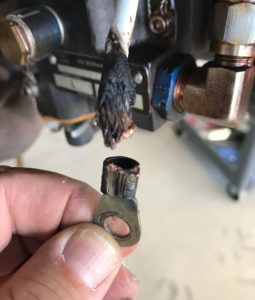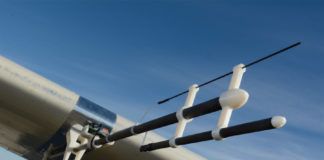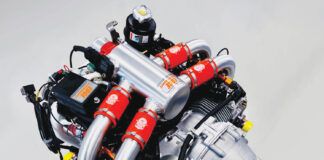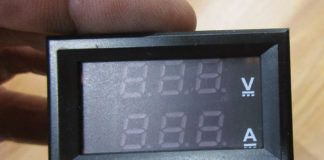
The airplane came in with a very low battery and the report from the pilot of low voltage. Well that certainly sounds like a charging system failure to me! With only about 350 hours on the B&C alternator and external regulator, I figured that assuming the components were good was a reasonable way to start troubleshooting. That pretty much leaves wiring and connectors – not too difficult to check, once you’ve removed the cowling.
The easiest way to start checking wiring is to just give little tugs here and there. In this airplane, the voltage regulator is under the panel, so we assumed the position and checked things out with fingers and a flashlight—all seemed well. After crawling out from under and sorting out our back and joints, we started checking under the cowl – not much there except the big lead and the field lead to the alternator. They were fine at the firewall, and the field wire was in good shape at the alternator, but a tug on the big wire gave us a surprise—it pulled right out of the backside of the rubber boot!
Take a look at the picture, and you can see the evidence—the crimp was not correct—it looked like it was just squeezed with pliers or a vice, and the wire had clearly been moving in the bad crimp for a long time. There are signs of arcing on the lug. Of course, this was all covered up by the rubber boot, so unless you peeled it back when the cowling was off, you’d never know there was a problem—until the wire came all the way out and left you with no amps or volts.
Crimps are important, and as much as we hate it, you need special tools to do them right. Emphasis on the “s” in tools – one tool won’t do it. You’ll need crimpers for red, blue and yellow PIDG crimps as well as crimpers for big wires. Now you don’t have to buy the big wire crimpers if you know someone who has one, and know how to win their favor. But you DO have to use the right tools! There aren’t that many big wires in your average homebuilt, tempting builders to get away with a little cheat here and there. Believe me—when you find yourself stuck at some remote fuel station in the middle of nowhere, you’ll be wondering why you took a shortcut.
Check your crimps, and use the right tools!














Another place to check is where the wires (especially the big one) goes though bulkheads and baffles. I had a grommet wear thin that then lead to erosion of the tefzel insulation and a short. The main CB snapped off at 200 ft on take-off. First thing I noticed was the intercom stopped working. The P-mag ran fine and I stayed in the pattern and landed. When I turned off onto the taxiway everything went quiet as the engine RPM dropped to about 750 and the Pmag got below the self generating speed, the engine stopped. It could have been a lot worse.